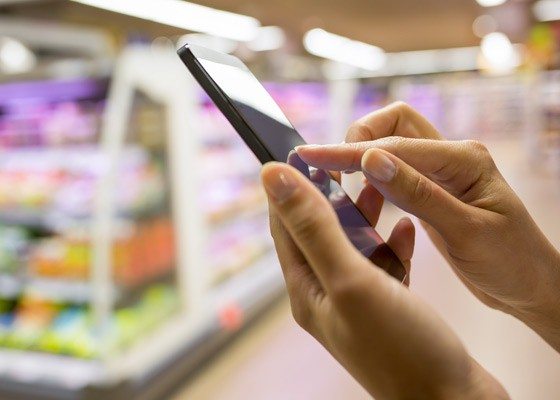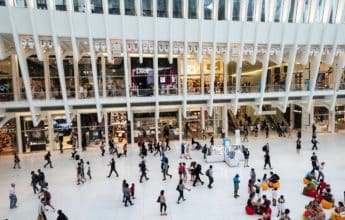Much of the focus surrounding mobile apps has been on generating revenue outside of physical retail locations. But often overlooked is the ability of mobile apps to significantly enhance the performance of brick-and-mortar retail stores, both operationally and revenue-wise.
At Clearbridge we have a wealth of experience bringing products to market for retailers, and introducing a mobile app has helped our clients in this space increase operational efficiencies in-store by empowering consumers and employees alike. The following features have proven particularly effective.
Real-Time Inventory Check-Up
Apps with inventory search functions can be used as both an employee efficiency tool and a customer-facing feature.
Mobile apps can allow customers to check the availability of products in-store in real-time, pull the closest locations where products are available, and even arrange for in-store pickup.
This same function can be used by employees to help improve the customer experience. Using real-time inventory data allows people on the floor to find if products are in-store for customers quickly and efficiently, and order for the customer if the product is out of stock.
Self-Service Advisor Model
Image via Retail Law Advisor
Some shoppers will prefer the self-service model which allows them to use their device as their own personal customer service representative. Apart from the aforementioned inventory check-up, mobile apps can allow customers to locate products within the store, get informed of the latest deals and promotions, and more.
A large furniture retailer we partnered with, for example, significantly improved their in-store service by implementing a solution that allows users to easily search product information, locate items within stores, and make fast purchases via their mobile devices.
Improved Customer Service
Mobile apps can provide customers a self-service model if they wish, but they also allow employees to better serve customers who prefer interacting with a representative.
A customer alert system can be a particularly useful feature. Creating a system that has both a customer and employee-facing side can improve the customer shopping experience and the efficiency of employees.
Instead of shoppers having to wait or search for a representative, they can request help via their app or via a kiosk in-store. Employees can receive notifications to their devices (whether phone, tablet, or smartwatch) that indicate where the customer is in the store so that they can offer help quickly.
Barcode Scanning & Wishlist Building

According to a recent webinar by Retail Touchpoints on monetizing mobile in-store, learning more in-store about products and services is a big goal for shoppers. Offering barcode scanning functionality on a mobile app is a great way to let customers get additional information about products. This feature can also allow shoppers to easily add items they have scanned to their wishlist.
One of our retail clients found that including the barcode scanning and wishlist building feature allowed them to enhance their customer service, without having to hire additional staff. With large warehouse stores, they were finding it difficult to adequately service customers, resulting in missed revenue opportunities. The barcode scanning feature helped resolve this issue by allowing customers to find the product information they needed and add items to their wishlist for checkout, without the help of an associate.
While m-commerce has been a large focus of retail mobile apps, the opportunity to impact in-store operations and customer experience remains largely untapped. Using mobile to help empower employees and also create a more frictionless experience for shoppers offers retailers huge cost-saving and revenue-generating opportunities.





